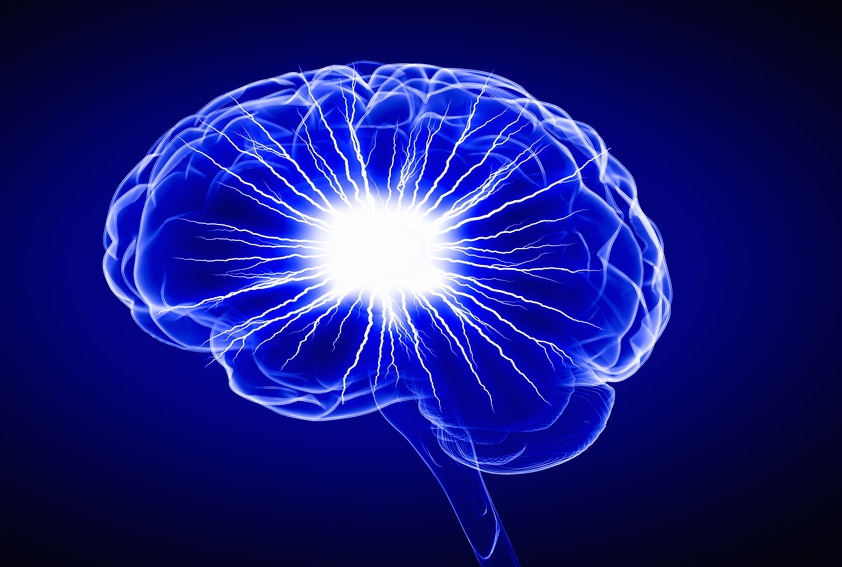Brain Scans Show How Alzheimer's Emerges

For the first time, scientists have used brain scans to track the development of Alzheimer's disease in adults with no symptoms.
The new technique may lead to early detection and treatment of the disease, the researchers said.
Until now, a definitive diagnosis of Alzheimer's disease could only be made via an autopsy, in which a medical examiner observes the extent of the spread of two rogue proteins in the brain associated with the disease, called beta-amyloid and tau.
For living patients, doctors make the diagnosis of probable Alzheimer's disease based on observations of patients' behavior, memory, and writing and drawing skills, coupled with family medical history and, occasionally, brain imaging. [8 Tips for Healthy Aging]
The field of brain imaging has advanced, however. Researchers led by Dr. William Jagust, a professor at the School of Public Health at the University of California at Berkeley, developed a technique using positron emission tomography (PET) to more accurately measure both beta-amyloid and tau. Their study, published in the current issue of the journal Neuron, involved 55 adults: five were ages 20 to 26; 33 were retired adults, ages 64 to 90, all cognitively healthy; and 15 were patients, ages 53 to 77, who had been diagnosed with probable Alzheimer's dementia.
The results of the PET imaging on these participants mirrored the established stages of Alzheimer's disease in deceased patients, in terms of showing the degree of the tau protein accumulation in the brain.
Previous attempts to image the progression of Alzheimer's disease using PET- revealed beta-amyloid but not much tau, Jagust said. And merely having beta-amyloid accumulation is not tantamount to developing Alzheimer's disease.
Sign up for the Live Science daily newsletter now
Get the world’s most fascinating discoveries delivered straight to your inbox.
"We have made great strides in understanding Alzheimer's disease because we can see the accumulation of amyloid in the brain," Jagust told Live Science. "However, amyloid seems to be only part of the story. It correlates poorly with cognitive symptoms, for example. Tau correlates better with cognitive symptoms."
The study revealed that higher levels of tau in the medial temporal lobe, the memory center of the brain, were associated with greater declines in episodic memory, the type of memory used to code new information. The researchers tested episodic memory by asking subjects to recall a list of words viewed 20 minutes earlier. Their ability to remember correlated with lower tau levels.
Yet, like beta-amyloid, tau accumulation also appears to be natural and not necessarily indicative of Alzheimer's.
"Tau is basically present in almost every aging brain," said Michael Schöll of the University of Gothenburg in Sweden, a visiting scholar at UC Berkeley and co-author on the report.
So it's the interplay between tau and beta-amyloid that may be driving Alzheimer's disease, the researchers speculate.
While higher levels of tau in the medial temporal lobe were linked to more problems with episodic memory, the researchers saw more serious declines in overall cognitive function when tau spread outside this region to other parts of the brain, such as the neocortex. That spread appears to be connected to the presence of amyloid plaques in the brain, they said.
"Amyloid may somehow facilitate the spread of tau, or tau may initiate the deposition of amyloid. We don't know," Jagust said. "All I can say is that when amyloid starts to show up, we start to see tau in other parts of the brain, and that is when real problems begin. We think that may be the beginning of symptomatic Alzheimer's disease."
There's no cure for Alzheimer's, which affects an estimated 5.3 Americans, according to the Alzheimer's Association. Earlier detection may help the patient better prepare for the disease and begin a course of medication once the symptoms appear.
Also announced this month, the Alzheimer's Association has launched the Imaging Dementia—Evidence for Amyloid Scanning (IDEAS) Study, which hopes to recruit more than 18,000 patients with symptoms of cognitive decline for PET scan analysis. This study will not include the PET scan for tau, however, because the technique is too new and the PET tracers for tau have not yet been approved by the FDA, Jagust explained.
Researchers at Tohoku University led by Dr. Nobuyuki Okumura also have developed a sensitive tracer for tau, as described in a paper in February in the Journal of Nuclear Medicine. Okumura said that the tracer could work in the UC Berkeley study in an experimental protocol and that he is hoping to collaborate.
Follow Christopher Wanjek @wanjek for daily tweets on health and science with a humorous edge. Wanjek is the author of "Food at Work" and "Bad Medicine." His column, Bad Medicine, appears regularly on Live Science.

Christopher Wanjek is a Live Science contributor and a health and science writer. He is the author of three science books: Spacefarers (2020), Food at Work (2005) and Bad Medicine (2003). His "Food at Work" book and project, concerning workers' health, safety and productivity, was commissioned by the U.N.'s International Labor Organization. For Live Science, Christopher covers public health, nutrition and biology, and he has written extensively for The Washington Post and Sky & Telescope among others, as well as for the NASA Goddard Space Flight Center, where he was a senior writer. Christopher holds a Master of Health degree from Harvard School of Public Health and a degree in journalism from Temple University.










